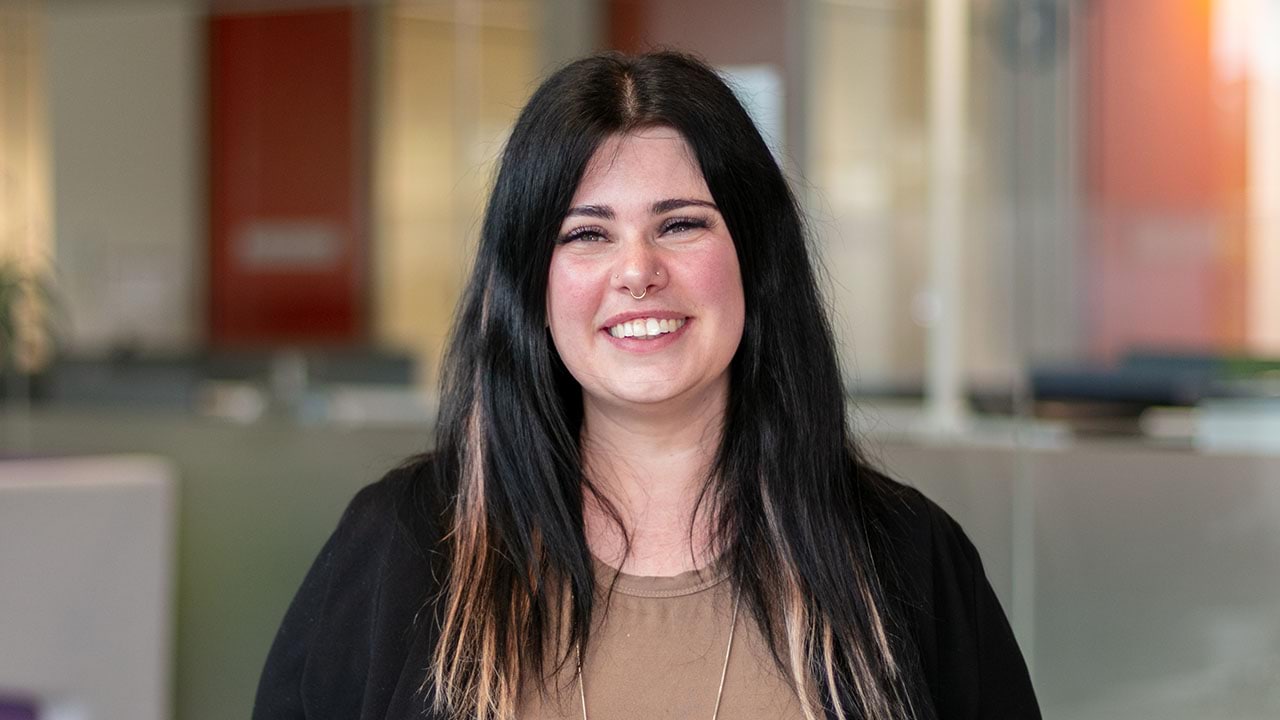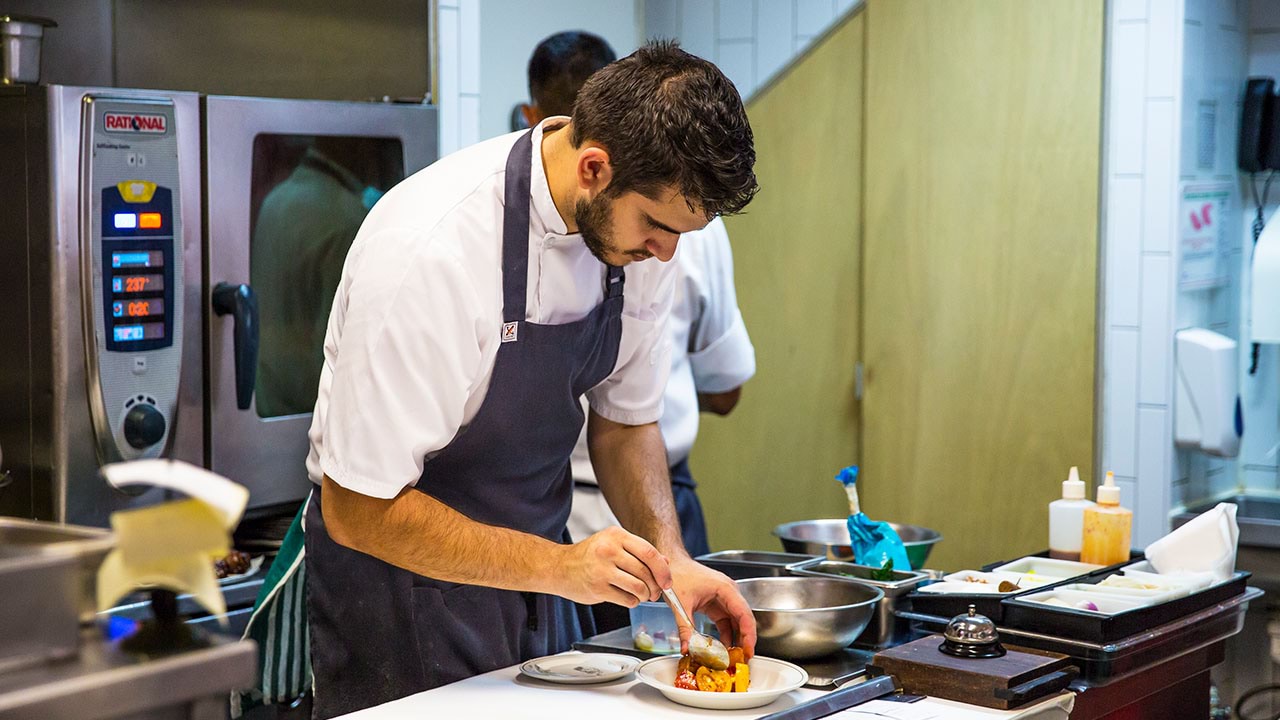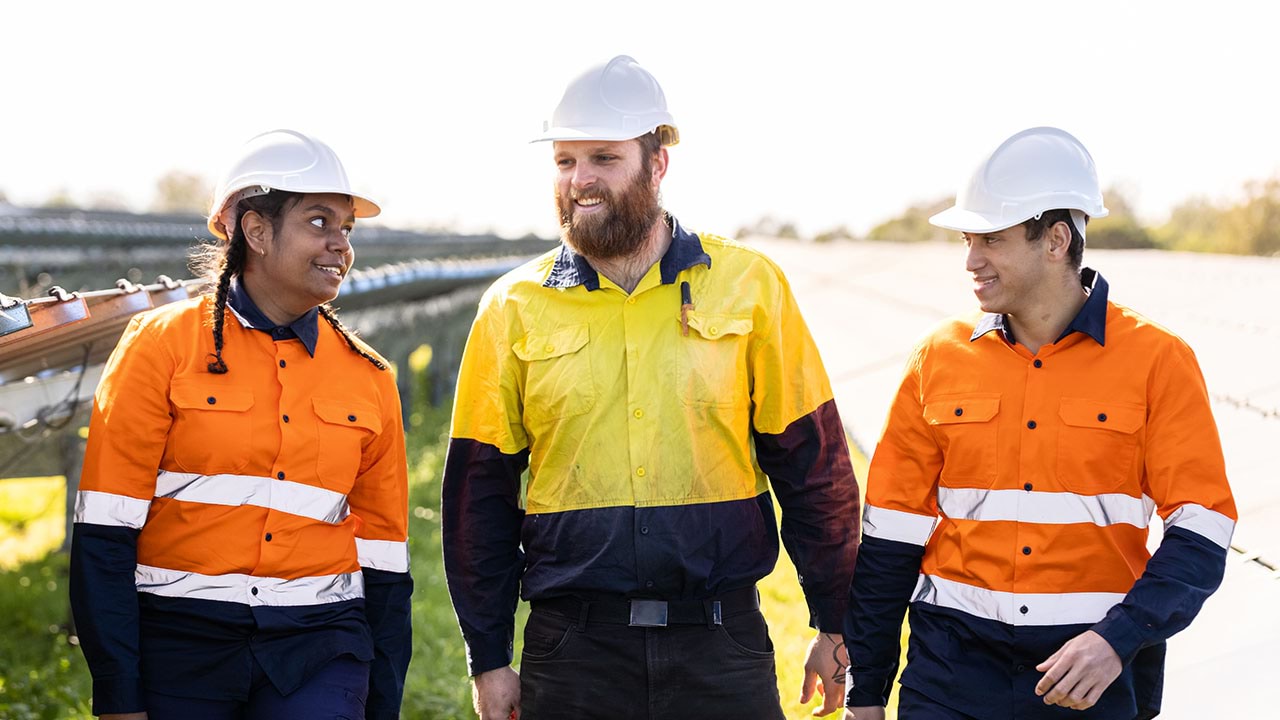Early childhood teachers provide education and care for pre-school aged children. They support children’s emotional, intellectual and physical development before primary school.
Find out what an early childhood educator does and the related Vocational Education and Training (VET) courses and pathways you can take to secure a job.
What is an early childhood educator?
As an early childhood educator, you will help prepare children for primary school. For example, you may teach:
- basic literacy and numeracy
- social skills
- communication skills
- art.
You’ll support play, and supervise activities to ensure safety. You may also write reports, and discuss progress with parents or guardians.
Find out more about early childhood educators(opens in a new window) and these related jobs on the Victorian Skills Gateway(opens in a new window):
- child care worker(opens in a new window)
- education aide(opens in a new window)
- family day care worker(opens in a new window)
- integration aide(opens in a new window)
- teachers’ aide(opens in a new window).
Related training courses
Qualify as an early childhood educator
To become an early childhood educator, you’ll need to complete a Certificate III or Diploma of Early Childhood Education and Care(opens in a new window) at a TAFE or training provider.
Qualify as an early childhood teacher
To become an early childhood teacher, you’ll need to complete a university degree in early childhood education, such as a Bachelor of Early Childhood Education.
Further information
For more information on study and career pathways in early education in Victoria, visit the become an early childhood teacher or educator page.
You can also explore these related TAFE and training courses on the Victorian Skills Gateway(opens in a new window):
- community services(opens in a new window)
- early childhood(opens in a new window)
- youth work(opens in a new window).
You may be eligible for government funding to help pay for your course.
Median salary
The median weekly earnings for early childhood (pre-primary school) teachers in Australia is $1,660.
Source: Jobs and Skills Australia(opens in a new window)
Note this salary is current as of January 2025 and is indicative only. A range of salaries apply to different roles across the industry.
Job demand in Victoria
Below is the projected employment for early childhood (pre-primary school) teacher jobs in Victoria. Figures show the number of workers in 2024 and the new workers expected to enter the workforce by 2027 and 2034.
‘New workers expected’ accounts for workers adding new jobs to the economy and replacing retirees over the next 3 and 10 years. These projections are estimates only. There will be additional jobs available as people move between jobs and industries.
| Region | Workers 2024 | New workers expected by 2027 | New workers expected by 2034 |
|---|---|---|---|
| Victoria | 7,944 | 1,099 | 7,086 |
| Melbourne – inner metropolitan | 605 | 73 | 536 |
| Melbourne – inner south-east metropolitan | 869 | 105 | 746 |
| Melbourne – southern metropolitan | 1,315 | 159 | 1,150 |
| Melbourne – northern metropolitan | 1,208 | 162 | 1,101 |
| Melbourne – eastern metropolitan | 1,097 | 132 | 950 |
| Melbourne – western metropolitan | 1,148 | 139 | 1,044 |
| Ballarat and surrounds (Central Highlands) | 227 | 37 | 207 |
| Bendigo, Echuca and surrounds (Loddon Campaspe) | 257 | 34 | 242 |
| Geelong, Colac and surrounds (Barwon) | 397 | 51 | 367 |
| Gippsland | 294 | 52 | 265 |
| Horsham and surrounds (Wimmera Southern Mallee) | 52 | 23 | 47 |
| Mildura, Swan Hill and surrounds (Mallee) | 96 | 19 | 77 |
| Shepparton, Seymour and surrounds (Goulburn) | 119 | 26 | 108 |
| Wangaratta, Wodonga and surrounds (Ovens Murray) | 159 | 64 | 172 |
| Warrnambool, Hamilton and surrounds (Great South Coast) | 101 | 23 | 74 |
Source: Victorian Skills Authority Employment Projections Dashboard
Career story

Supporting children in new ways: Amanda’s outside school hours care (OSHC) career
“A common misconception is that working with children only offers care-based work. While that is part of it, there is a range of opportunities. All of that coming out of one sector is pretty amazing.”
Resources to plan your next steps
Visit our working with children and young people industry profile to find out about:
- what it’s like to work with children and young people, and some of the jobs you could do
- training and skills to work in the industry, and financial assistance to help pay for your course
- help getting a job working with children and young people, and industry job projections for Victoria
- other free resources and advice to plan your training and career.
Also visit our education and training services industry profile.
Explore growing industries in your region
Updated



